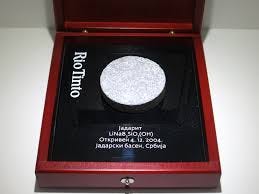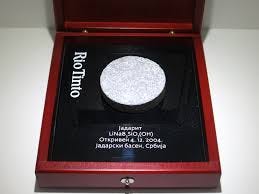Fact Checking a New Source of Lithium
In Serbia’s Jadar Valley, a mineral with a sci-fi name—jadarite—is sparking hope for Europe’s battery future and heated debates about its environmental cost.
Jadarite is a possible source of lithium, but it is only found in the Jadar Valley in Serbia, near the town of Loznica. It was discovered in 2004 by Rio Tinto geologists. The host rock in the Jadar deposit is a lithium and boron-rich sedimentary ore, often described as a lacustrine (lake-derived) deposit, composed of fine-grained mudrocks like siltstones and shales, with boron minerals such as colemanite or ulexite, clay minerals like illite or smectite, and minor carbonates or evaporites. Jadarite crystals are embedded within this matrix, but jadarite is not a claystone, as misclassified in some research papers, but technically a silicate.
The geological history of the Jadar Valley mirrors parts of Nevada, such as the McDermitt Caldera and Clayton Valley, where volcanic activity and closed basins concentrated lithium through evaporation and hydrothermal input. In Nevada, tuffaceous claystone deposits like those at Thacker Pass host lithium primarily in clay minerals like smectite or illite, formed from altered volcanic ash in ancient lakebeds.





